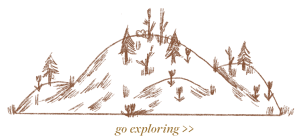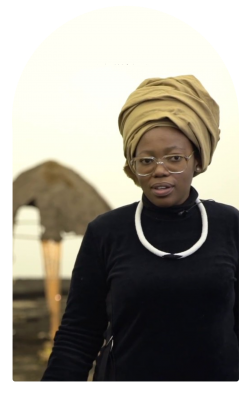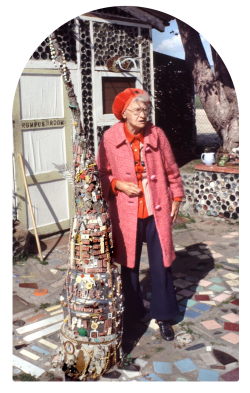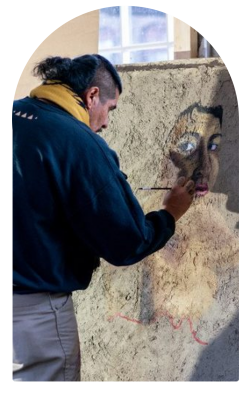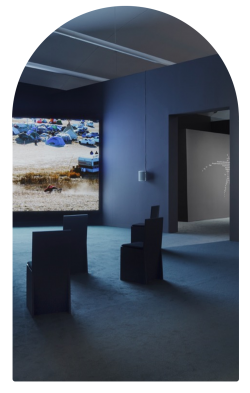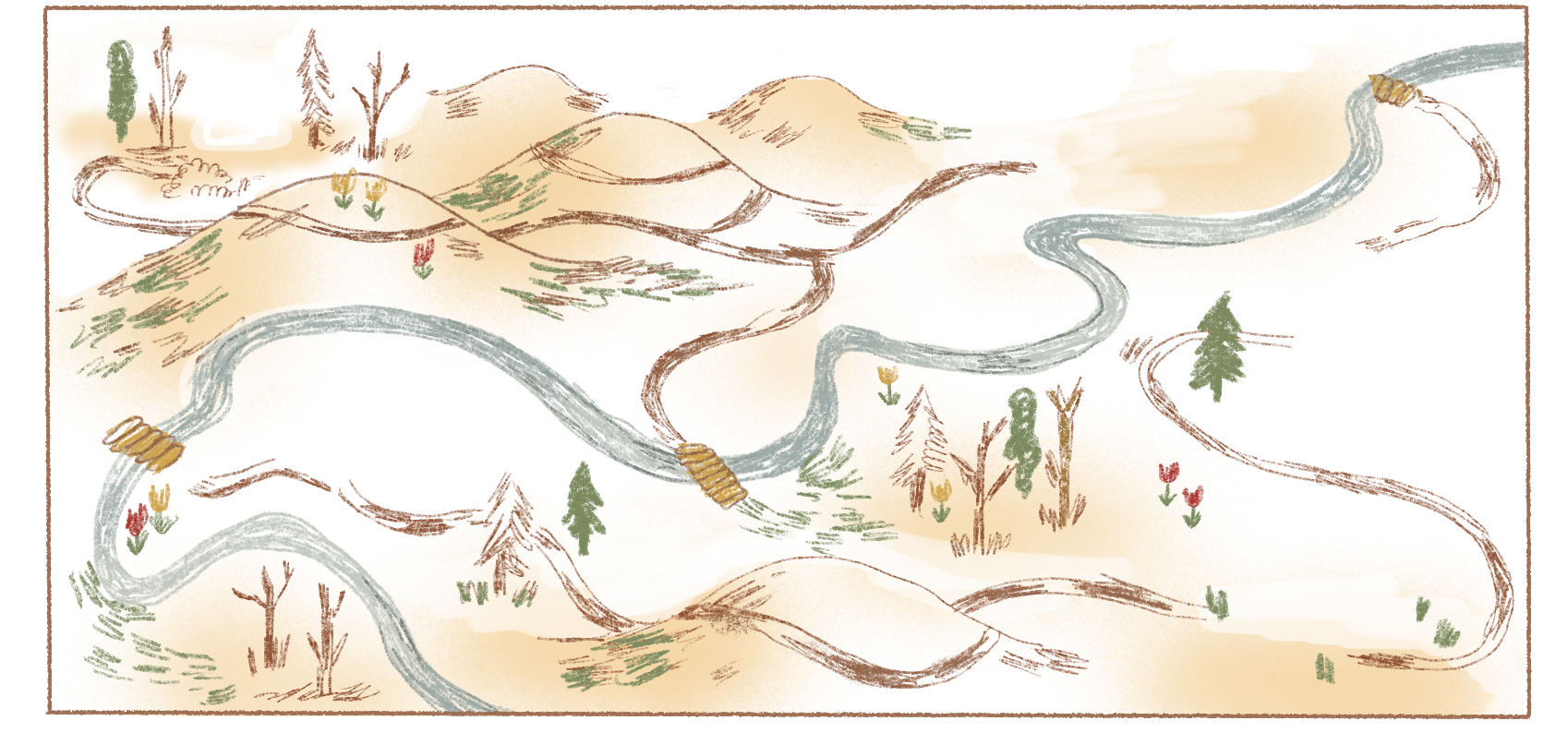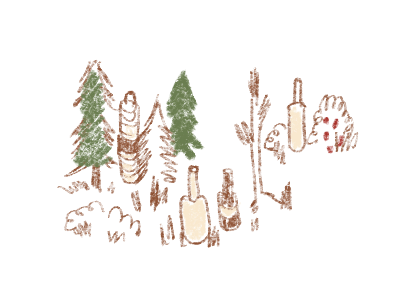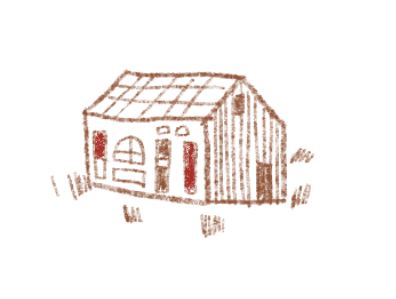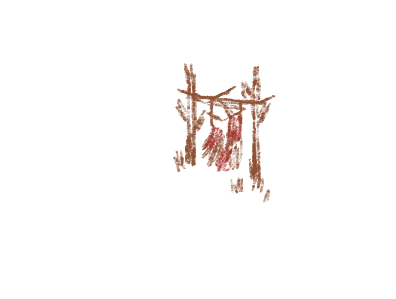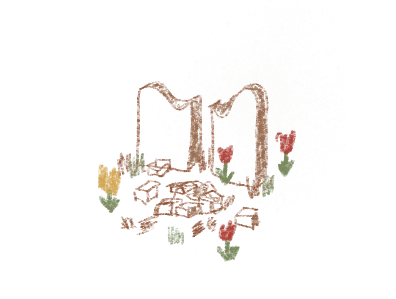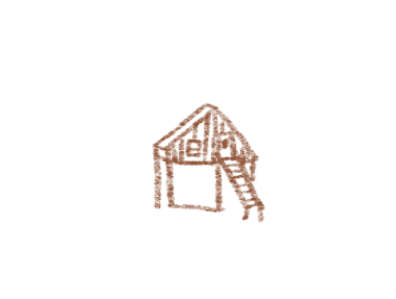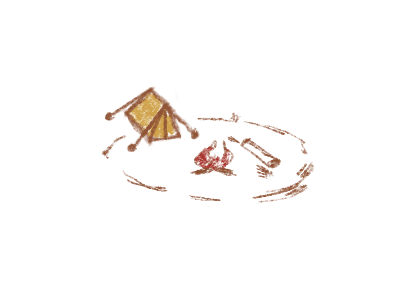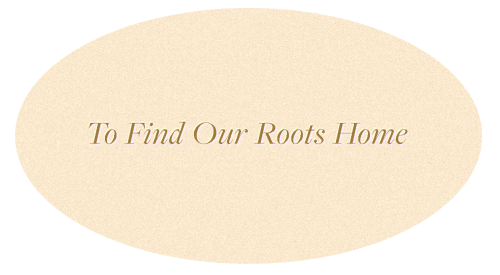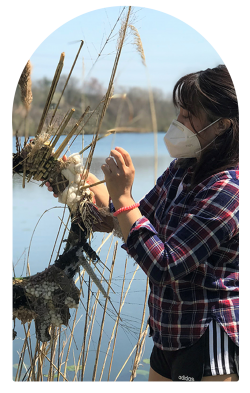
Zoe Orlino
Bricolage 1, 2, & 3
Zoe Orlino, a graduate student in the Department of Landscape Architecture at Rutgers, finished installing a series of art pieces integral to her thesis project. These handcrafted pieces are meant to reveal a hidden story embedded in the landscapes at the Abbott Farm Marshlands located in Hamilton Township, New Jersey.
Her thesis looks at the traditional process of mapping and analysis and aims to overlay new layers of meaning through the material qualities in objects. Each installation throughout the marsh is a collection of salvaged objects and plants recontextualized into an objet trouvé, a once discarded item imbued with new purpose and presented as a gift. According to Zoe, by looking at the objet trouvés throughout Abbott Marshlands, her perception of the landscape has changed permanently.
